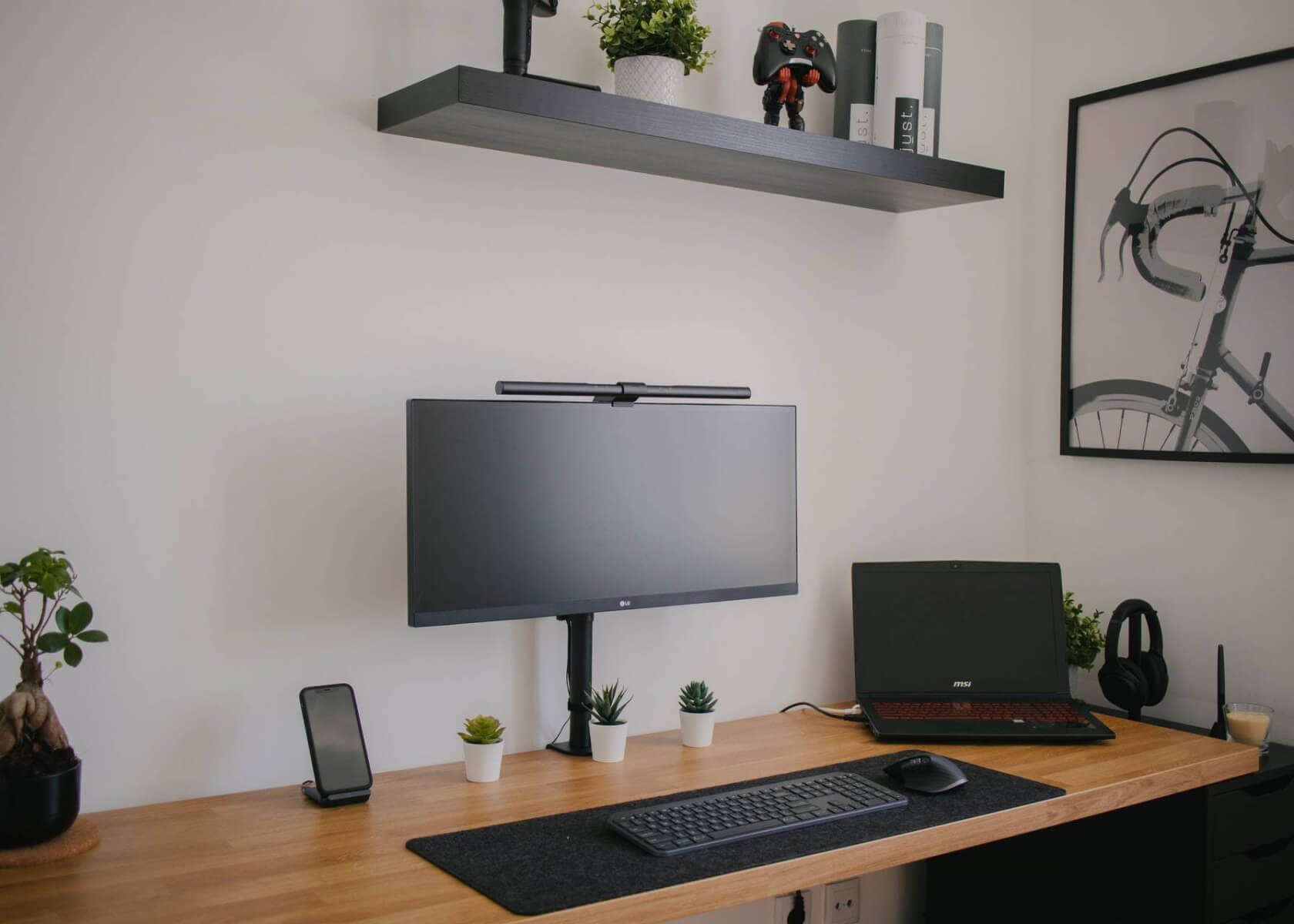Using Notion Progress Bars to Visually Track Task, Project, or Goal Completion

New to Notion?
How to Use Notion Progress Bars to Visualize Task, Project, or Goal Completion
Notion is a powerful all-in-one Workspace that allows users to create, manage, and organize tasks, projects, and goals. One popular way to get a quick visual overview of your work is by using progress bars. These visual indicators provide a snapshot of how far along a task, project, or goal is, making it easier to stay focused and productive. With recent updates and improved formula functionalities, creating and customizing progress bars in Notion is easier than ever.
What Are Notion Progress Bars?
Progress bars in Notion are visual representations of the status of a task, project, or goal. They appear as horizontal bars that “fill up” as progress is made. Although Notion doesn’t offer a native progress bar property type, you can simulate one using number or formula properties combined with creative formatting—often with emojis or characters. This method gives you an at-a-glance view of your Workspace’s progress without having to open every individual item.
Setting Up Progress Bars in Notion
Even though Notion lacks a dedicated progress bar property, you can simulate one with a few simple steps:
Create a task, project, or goal:
Start by creating an item in your Notion Workspace. Depending on your workflow, use a to-do list, Kanban board, database, or another structure.Add a progress property:
Include a property that will hold your progress value. Typically, you can use a Number property to store a percentage or numerical value (for example, 0 to 100) that indicates progress. With recent updates, tracking progress has become more intuitive when linking related databases.Build a visual progress bar with a formula:
Create a Formula property that converts your numerical progress into a visual bar. For example, you can use a formula that outputs a series of characters—using▰for completed portions and▱for the remaining portion. Although Notion’s formula language still doesn’t include a native repeat function, many community examples use creative workarounds with functions likesliceandfloorto simulate repeated characters. Updated examples and detailed formulas are available in Notion communities and help centers.Customize your progress bar appearance:
Notion’s built-in formatting is still limited when it comes to colors and width for these bars. However, you can experiment with various emojis or characters to enhance the visual appeal. Additionally, consider integrating third-party widgets from providers like Indify or Apption, which can complement your Notion layout and offer more dynamic visual tracking.
Utilizing Progress Bars for Task Management
Progress bars are particularly useful for managing tasks because they let you track the completion status of individual tasks within a larger project. Here's how you can utilize progress bars for effective task management in Notion:
Create a task database:
Set up a dedicated database for your tasks. Include properties such as "Task Name," "Due date," "Priority," and your numerical progress property. Then, add a Formula property to simulate a progress bar based on your progress number.Track task completion:
As you work on your tasks, update the numerical progress property accordingly. The simulated progress bar will automatically adjust, giving you a clear visual representation of each task’s completion status.Filter tasks based on progress:
Use Notion’s filtering options to display tasks that are 100% complete or still in progress. This way, you can easily focus on tasks that require attention.Set goals and monitor progress:
Establish higher-level goals within your task database and link related tasks to these goals. As you update the progress of each task, you can monitor the overall status of your goals through aggregated or custom formula bars.
Leveraging Progress Bars for Project Management
Progress bars can be incredibly beneficial when managing larger projects. They allow you to swiftly assess and communicate project status to team members or stakeholders. Here’s how to leverage progress bars for effective project management:
Create a project database:
Build a dedicated database to track your projects. Include properties like "Project Name," "Start Date," "End Date," and a numerical progress property. Then, add a Formula property to display the progress bar effect.Update project progress:
Consistently update the progress value in each project's record. Regular tracking helps identify any obstacles or areas needing extra resources early on.Visualize project completion:
Utilize different views—such as a Kanban board or gallery view—in Notion to display your projects along with their progress bars. This ensures that team members and stakeholders can quickly see the status of each project without diving into detailed reports.Collaborate and communicate effectively:
Sharing your Notion workspace facilitates seamless collaboration. Team members and stakeholders can easily view project progress, discuss updates, and contribute ideas while having a clear, visual overview of where things stand.
Conclusion
Notion’s flexibility means that even without a native progress bar property, you can still create effective and visually appealing progress indicators using numbers and formulas. By incorporating simulated progress bars into your Notion Workspace, you gain an at-a-glance view of task, project, or goal completion. With updated approaches and the integration of external widgets, this method not only improves productivity but also enhances communication and collaboration. Whether you’re managing personal tasks, complex projects, or ambitious goals, creatively crafted progress bars in Notion can be a game changer for your workflow.


